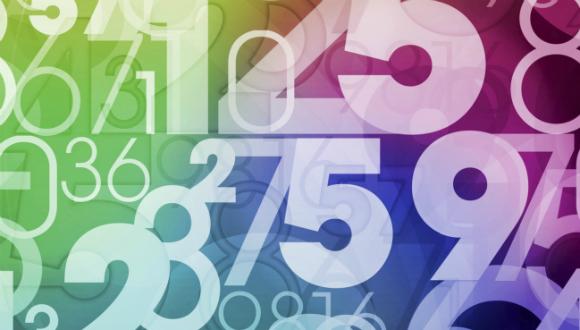The 4th Israeli Algebra and Number Theory Day
The 4th Israeli Algebra and Number Theory Day
The 4th Israeli Algebra and Number Theory Day
December 30, 2016
Tel Aviv University, Schreiber Building 006
Organizers: Lior Bary-Soroker and Mark Shusterman
Speakers: Will Sawin (ETH Zurich), Igor Rivin (Univeristy of St Andrews), Zeev Rudnick (Tel Aviv University)
Program:
9:30-10:00 Gathering and coffee
10:00-10:45 Igor Rivin (St Andrews University): Distribution of Galois groups
10:45-11:15 Coffee break and refreshments
11:15-12:00 Will Sawin (ETH): The distribution of L-functions of character twists
12:15-13:00 Zeev Rudnick (Tel Aviv University): A function field model for the distribution of angles of Gaussian primes
13:00 Light lunch
Practical Information:
Parking will be available at the Smolarz Parking, do not forget to bring the parking ticket for validation.
Abstracts:
Rivin: Distribution of Galois groups
Abstract: We give some experimental, conjectural, and sometimes rigorous results on the distribution of Galois groups of polynomials with integer coefficients (typically, the coefficients will be independent and uniformly distributed between -B and B, for some large constant B).
Sawin: The distribution of L-functions of character twists
Abstract: It is expected that the zeroes of the L-function of a Galois representation twisted by a character behave like the eigenvalues of a random matrix. We explain how this can sometimes be proved in the function field case using algebraic geometry, group theory, and a few easy calculations.
Rudnick: A function field model for the distribution of angles of Gaussian primes.
Abstract: Several traditional problems of analytic number theory which are currently viewed as intractable over the integers, have recently been addressed in the function field context with vastly different tools than those of traditional analytic number theory, and the resulting theorems can be used to check existing conjectures over the integers, and to generate new ones. In this lecture I will explore a few of these, in particular the question of how to represent primes as a sum of two squares. Fermat showed that any prime p=1 mod 4 is a sum of two squares: p=a^2+b^2, and hence such a prime gives rise to an angle whose tangent is the ratio b/a. I will present a conjecture on the statistics of these angles, motivated by a theorem on a suitably formulated problem for polynomials over a finite field and by a Random Matrix Theory model. (joint work with Ezra Waxman).


